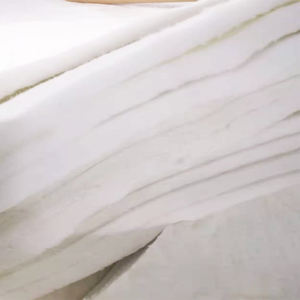Professional industry ceramic supplier, silicon nitride, silicon carbide, aluminum nitride and any other kinds of ceramics.
PRODUCT PARAMETERS
Description
Overview of High-temperature Ceramic Fiber Bulk
High-temperature Ceramic Fiber Bulk is a lightweight, high-temperature insulation material composed primarily of alumina-silica. It is manufactured through a melting and spinning or blowing process, resulting in a flexible, wool-like textile. This material is engineered to provide exceptional thermal management, conserving energy and protecting equipment in extreme temperature environments across various industries.
Features of High-temperature Ceramic Fiber Bulk
-
Excellent Thermal Stability: Withstands continuous operating temperatures up to 1260°C (2300°F) and higher for certain grades, with minimal shrinkage.
-
Low Thermal Conductivity: Provides highly efficient insulation, reducing heat loss and improving energy efficiency.
-
Lightweight & Low Heat Storage: Offers low thermal mass, enabling rapid heat-up and cool-down cycles for improved process control and energy savings.
-
Thermal Shock Resistance: Highly resistant to damage from rapid temperature changes.
-
Excellent Flexibility & Resilience: Can be fabricated into blankets, boards, papers, and textiles to fit complex shapes and applications.
-
Good Chemical Stability: Resists attack from most corrosive agents, except strong alkalis and hydrofluoric acid.
Specification of High-temperature Ceramic Fiber Bulk
This ceramic fiber bulk takes care of severe heat. It functions well up to 2300 degrees Fahrenheit. Some special kinds go also greater. This product is made mainly from aluminum and silica. It feels soft and cosy, almost like wool. You can load it tightly or leave it loose. The thickness affects how well it shields.
This fiber is very light. It evaluates a lot less than old-fashioned bricks or castable cellular linings. This lightness makes installation simpler. It also places much less tension on structures. The fiber reduces warmth motion successfully. This maintains warm where you need it. Power costs go down because much less warmth gets away.
It stands up to most chemicals found in hot commercial setups. Acids and bases won’t easily harm it. It doesn’t take in water either. Wetness won’t wreck its insulating power. The fiber remains adaptable even after obtaining very warm. It will not get breakable and fracture like some materials. This helps it last a long period of time.
You find this bulk fiber packing gaps in furnaces and kilns. It secures doors and development joints securely. Workers pack it around pipes and ductwork needing insulation. It fills up rooms where stiff boards or coverings won’t fit. Upkeep crews utilize it for fast repair services on hot equipment. It benefits backup insulation in crucial places. Fire security systems utilize it to block heat paths. Its capability to take care of sudden temperature level spikes is essential. This fiber is straightforward to reduce and form by hand. No special devices are needed. It creates a seamless thermal barrier.
Applications of High-temperature Ceramic Fiber Bulk
High-temperature ceramic fiber mass hangs, fluffy product. It handles extreme warm well. People utilize it lots of areas requiring severe insulation. Furnace linings are a large application. Workers pack the fiber bulk securely right into areas in between hot heater walls and the outer shell. This layer stops heat getting away. It makes heaters a lot more effective. Kilns benefit in a similar way. The fiber bulk acts like a warmth barrier. Kilns get to heats much faster. They likewise utilize much less energy. This conserves money.
Expansion joints require adaptable, heat-resistant filling. Ceramic fiber bulk fits perfectly. Pipelines and ducts get extremely hot. Covering them in this fiber mass maintains the warm inside. It stops burns outside surfaces. Workers likewise use it for packing voids. Boilers have several openings and joints. Stuffing ceramic fiber mass right into these areas seals them firmly. It quits warmth leakages and enhances security.
Fire security is one more crucial usage. The fiber mass does not burn. Individuals load it around things requiring fireproofing. This includes electric cables undergoing walls. It consists of architectural steel beams. The fiber slows warm transfer. This offers even more time during a fire. Foundries utilize it greatly. They line ladles holding liquified metal. They patch splits in heating system cellular linings swiftly. The product holds up against the extreme warm. It doesn’t thaw or deteriorate conveniently.
Kiln furnishings needs cushioning. Ceramic fiber bulk offers soft assistance in between warm items. It stops damage during shooting cycles. Its reduced warm storage space is a large plus. Tools warms up rapidly. It also cools down faster. This speeds up manufacturing cycles. Employees discover it very easy to handle. They can suffice, shape it, and pack it by hand. It mounts quickly with straightforward devices. This saves labor time. Contrasted to inflexible bricks, it’s frequently lighter. This decreases anxiety on frameworks. Its versatility handles vibration much better. It does not fracture like hard products.
Company Profile
Tanki New Materials Co.Ltd. focus on the research and development, production and sales of ceramic products, serving the electronics, ceramics, chemical and other industries. Since its establishment in 2015, the company has been committed to providing customers with the best products and services, and has become a leader in the industry through continuous technological innovation and strict quality management.
Our products includes but not limited to Aerogel, Aluminum Nitride, Aluminum Oxide, Boron Carbide, Boron Nitride, Ceramic Crucible, Ceramic Fiber, Quartz Product, Refractory Material, Silicon Carbide, Silicon Nitride, ect. please feel free to contact us.
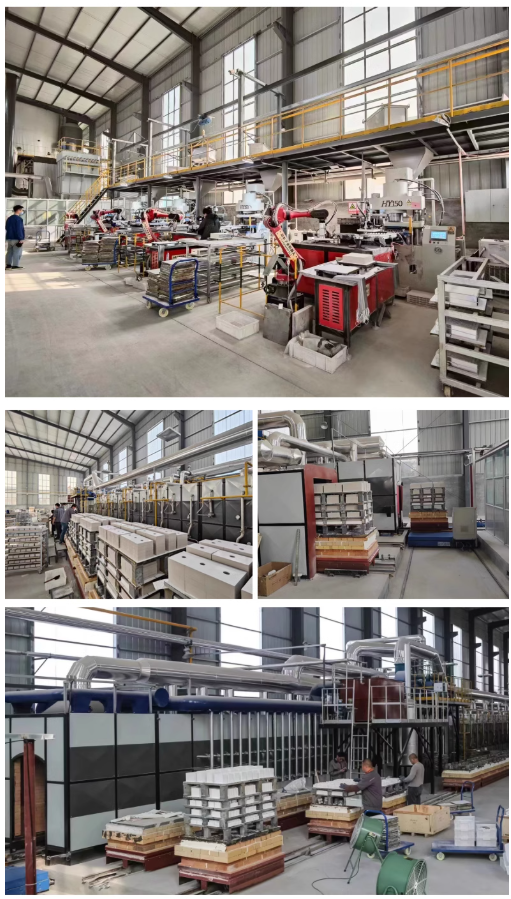
Payment Methods
T/T, Western Union, Paypal, Credit Card etc.
Shipment Methods
By air, by sea, by express, as customers request.
5 FAQs of High-temperature Ceramic Fiber Bulk
What is ceramic fiber bulk?
Ceramic fiber bulk is loose, fluffy material made from spun alumina-silica fibers. People use it for high-temperature insulation and stuffing. It fills gaps in furnace linings or seals expansion joints effectively. Its flexibility makes it easy to pack into irregular spaces needing heat protection.
How hot can it get?
This material handles very high temperatures. Standard grades typically withstand continuous heat up to 2300°F (1260°C). Higher purity versions can manage even more, reaching around 2400°F (1315°C) or slightly above. Always check the specific product’s rating before use.
Why does density matter?
Density directly affects how well it insulates. Lighter, less dense bulk has more trapped air. Air is a poor heat conductor. This means low-density bulk generally offers better insulation value. However, denser packing might be needed for specific mechanical strength or sealing requirements in some applications.
How do I install it?
You install it by hand-packing. Workers simply compress and push the loose fibers firmly into the space needing insulation. You can also mix it with certain binders or water. This creates a paste. You apply this paste like mortar. Both methods ensure good filling without gaps.
Is it safe to handle?
Handle it with care. The fine fibers can irritate skin, eyes, and lungs. Always wear proper safety gear. Use gloves, safety glasses, and a dust mask or respirator. Good ventilation is essential. Avoid creating unnecessary dust. Keep it contained during installation.
REQUEST A QUOTE
RELATED PRODUCTS
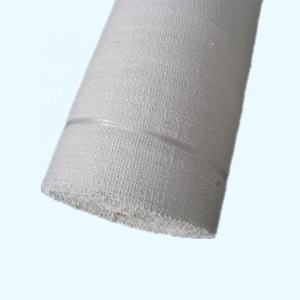
Low conductivity ceramic fiber insulation
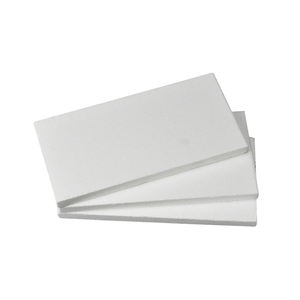
1430CCeramic fiber insulation module
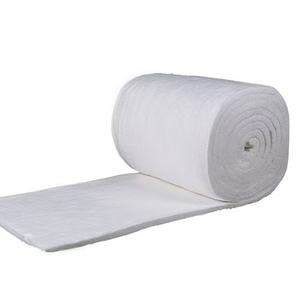
2018 factory-made ceramic fiber products
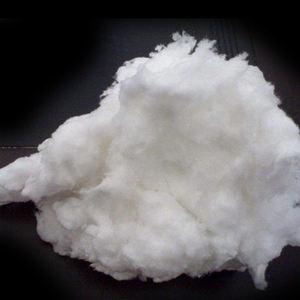
Heat-Resistant Vacuum-Formed Ceramic Fiber Products.

Biosoluble ceramic fiber textiles, bio- and biofrax thermal insulation, biosoluble fiber yarn
